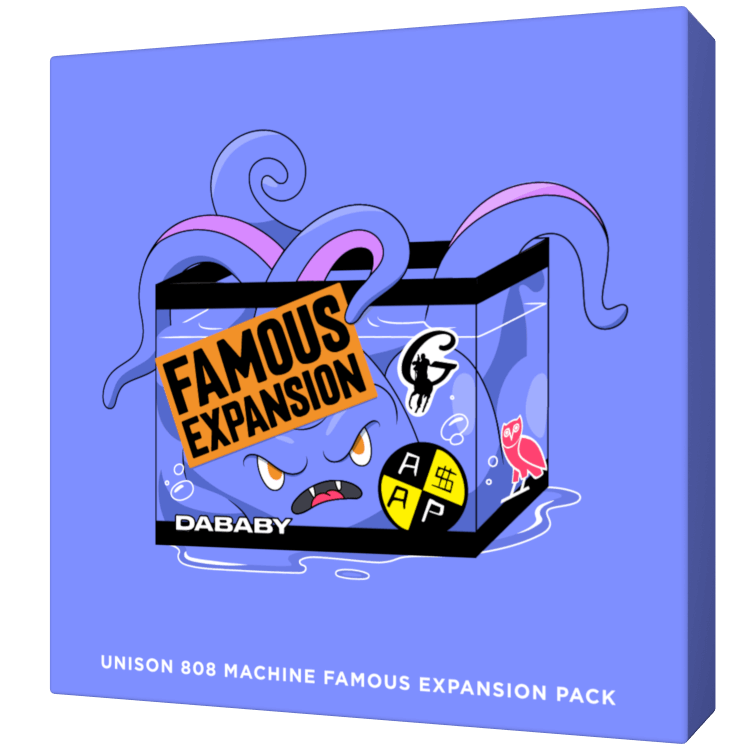Making your tracks unique, intriguing, and even addicting is crucial nowadays.
One of the most powerful ways to do that is by understanding and mastering texture in music.
In today’s article, we’ll cover:
- Different types of musical textures ✓
- How to analyze and create them to make your tracks shine✓
- Unique tips and techniques to enhance your textures ✓
So, let’s jump right in…
Table of Contents
- Texture In Music: The Basics
- Monophonic Texture In Music
- Creating Monophonic Textures
- Polyphonic Texture In Music
- Creating Polyphonic Textures
- Homophonic Texture In Music
- Creating Homophonic Textures
- Heterophonic Texture In Music
- Creating Heterophonic Textures
- Homorhythmic Texture In Music
- Creating Homorhythmic Textures
- Combining Textures for a Richer Sound
- Tips for Enhancing the Overall Texture
- Understanding Texture in Modern Digital Music Production
- Texture In Music: Final Thoughts
Texture In Music: The Basics
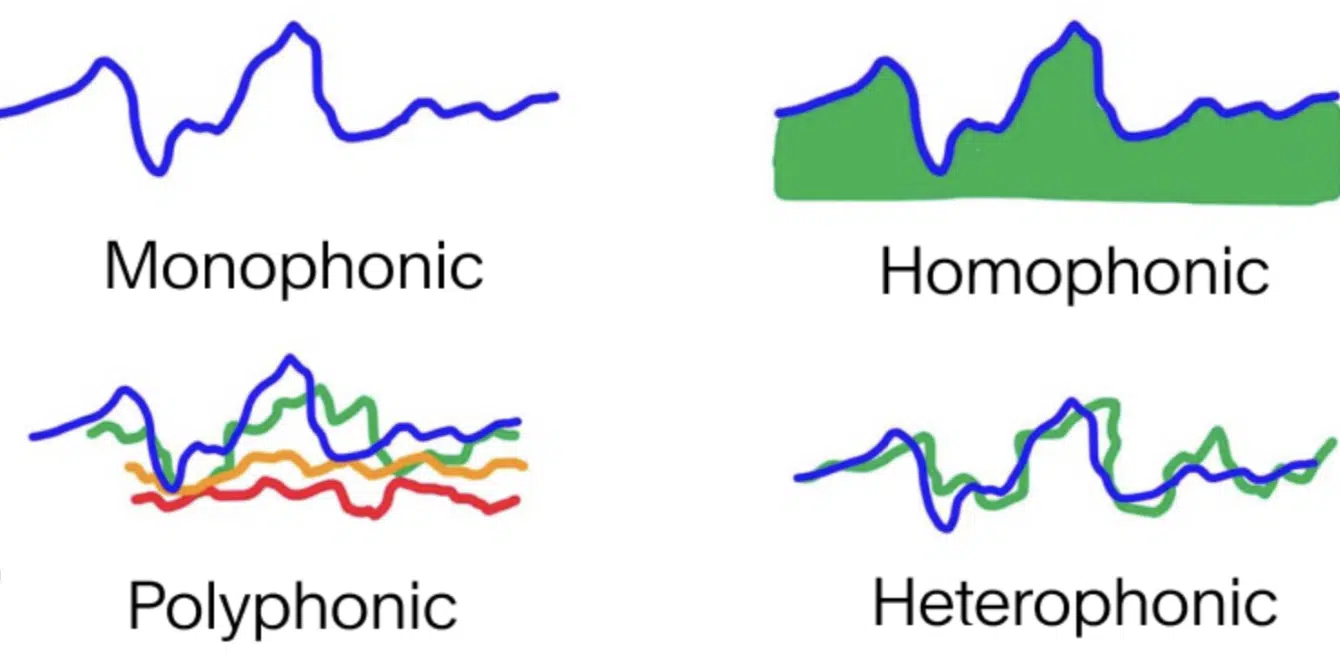
In order to describe musical texture in all its glory, you must first understand the basics.
Musical texture refers to the way different elements, like melody, harmony, and rhythm, are woven together in a piece of music.
It’s the overall sound that results from the interaction of these elements.
There are several basic types of musical textures, each with its own characteristics and applications.
Understanding these textures is essential in music production because it allows you to create a richer and more engaging sound that truly resonates with your audience.
In this guide, we’ll focus on four primary types of textures, and one bonus type:
- Monophonic
- Polyphonic
- Homophonic
- Heterophonic
- Homorhythmic (bonus)
Each of these textures offers unique possibilities for your music, and by combining them in creative ways, you can take your tracks to a whole new level.
Monophonic Texture In Music
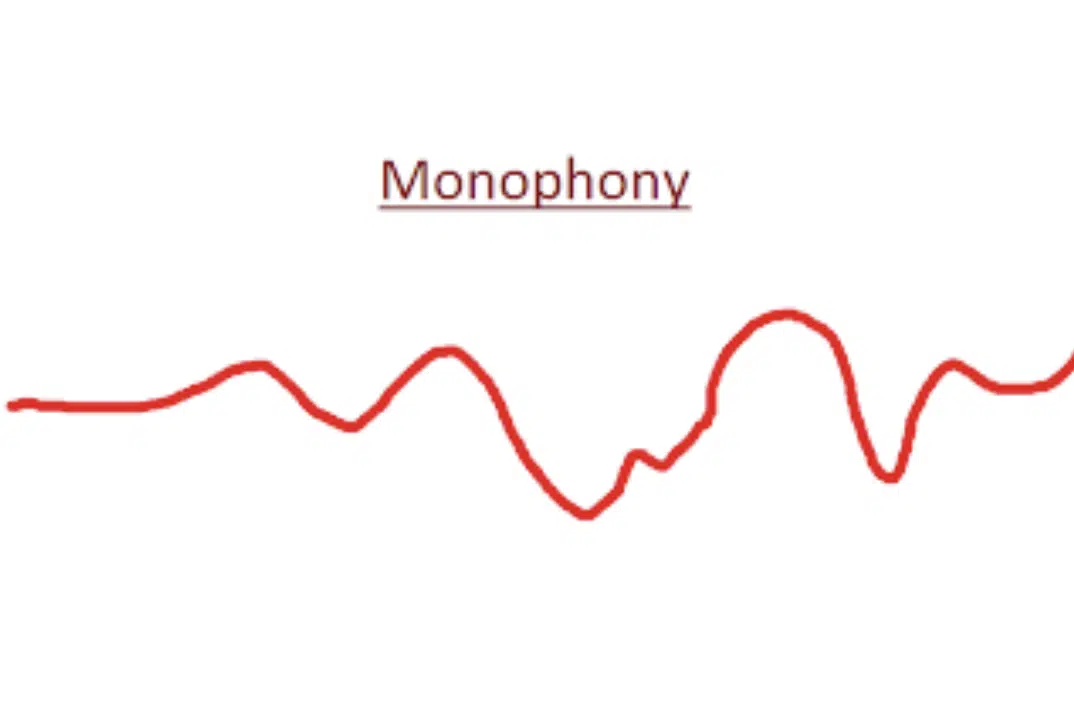
Monophonic texture in music is the simplest form of texture, featuring a single melodic line without any harmonic accompaniment.
It can be a solo voice or a single instrument playing the melody.
Monophonic texture in music is often used to create a sense of purity and focus in a piece of music.
The simplicity of this type of texture allows listeners to fully concentrate on the melody line.
This makes it an excellent choice for creating memorable tunes and emotive musical moments.
Examples of monophonic music include Gregorian Chant and Bach’s Cello Suite.
These compositions perfectly showcase the power of a single melodic line.
- Gregorian Chant 一 Creates a sense of spirituality and contemplation.
- Bach’s Cello Suite 一 Demonstrates the emotional depth and expressiveness that can be achieved with just one instrument.
Monophonic music can also be found in folk music, where the primary musical lines focus on the storytelling aspect of the melody.
Creating Monophonic Textures
Techniques for creating monophonic textures in your music can vary.
However, it generally involves focusing on a single melody line, with no harmonic or rhythmic accompaniment.
You can achieve this by using a solo instrument, such as a piano or guitar, or by creating a digital synth line that carries the melody.
Experiment with different instruments and sound sources to find the perfect monophonic texture (and process) for your track.
Polyphonic Texture In Music
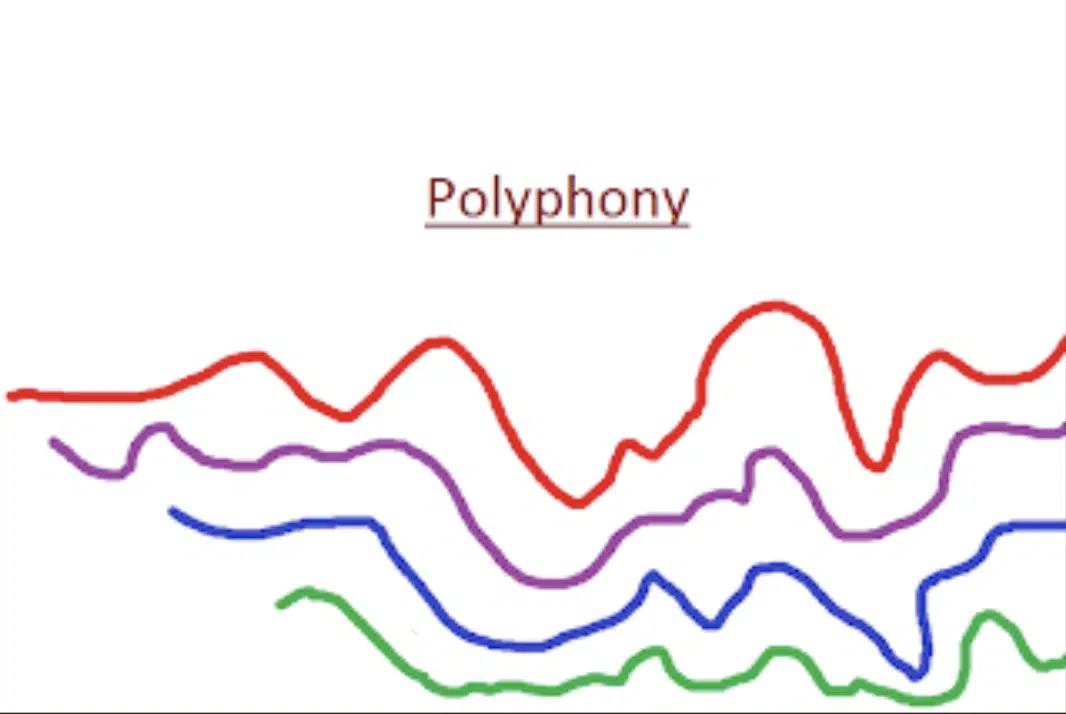
Polyphonic texture in music is characterized by multiple, independent melodic lines that weave together to create a complex and intricate sound.
In polyphonic music, each melodic line is equally important, and they often play simultaneously, creating a rich and engaging listening experience.
This texture is commonly used to add depth and interest to a piece of music, making it more dynamic and multi-layered.
Examples of polyphonic music in Western music can be found in choral compositions and solo flute pieces.
- Choral Music 一 Musical texture consisting of multiple vocal lines that create a dense, harmonically rich texture.
- Solo Flute Pieces (like Bach’s Sonata in A Minor) 一 Showcase the instrument’s ability to handle multiple melodic lines simultaneously.
Many composers throughout history have used polyphony to create intricate and sophisticated musical works, such as fugues and contrapuntal compositions.
Creating Polyphonic Textures
To create polyphonic textures in your own music, start by composing two or more independent melodies that complement each other.
Play around with different instruments or sounds for each melodic line, and ensure they work well together harmonically.
You can also use tools like samplers and synthesizers (described later on) to layer multiple melodic lines and create a polyphonic texture in your tracks.
Remember to maintain a healthy balance between the melodies so that no single line dominates the overall sound.
Homophonic Texture In Music
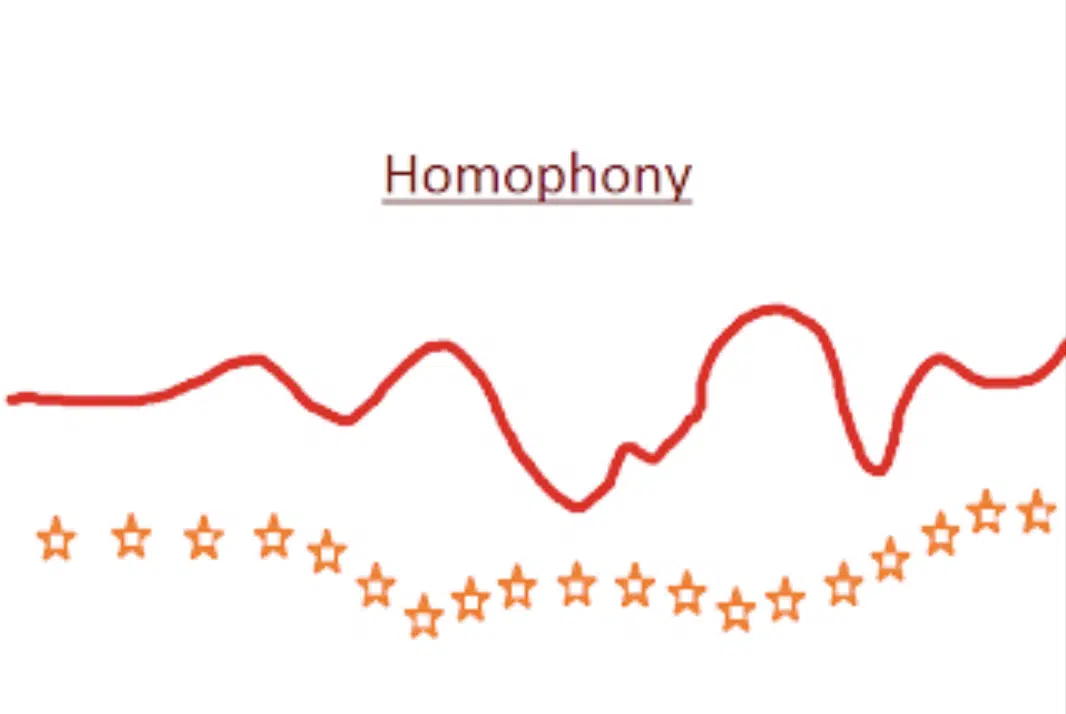
Homophonic texture in music features a single melody line accompanied by harmonic elements, like chords or harmonies.
The accompanying harmony supports and enhances the melody, making it the primary focus of the listener’s attention.
This texture can be found in many popular and classical music pieces, where a clear and strong melody is essential.
Examples of homophonic music include A-flat Major Scale compositions and the iconic song “Bohemian Rhapsody” by Queen.
- In A Flat Major Compositions 一 The harmonic accompaniment often takes the form of block chord textures, providing a stable foundation for the melody line.
- Bohemian Rhapsody 一 A prime example of how homophonic texture can be used in contemporary music, with Freddie Mercury’s powerful vocal line supported by the harmonies and chords provided by the rest of the band.
Creating Homophonic Textures
Creating homophonic textures in your music involves writing a strong melody line and then crafting harmonic accompaniments that complement it.
You can use traditional instruments like the piano or guitar to provide harmonic support.
Or, you can experiment with digital tools and synthesizers to create unique harmonic textures.
Keep the focus on the melody, ensuring that the accompaniment enhances it without overpowering it.
Heterophonic Texture In Music
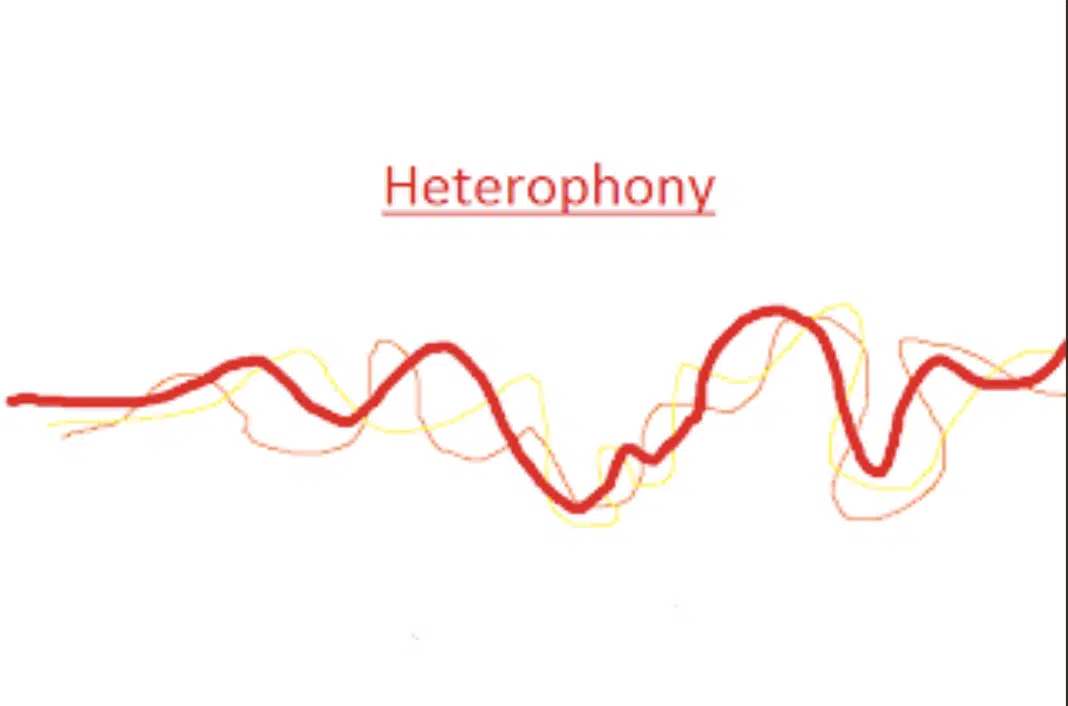
Heterophonic texture in music features two or more voices or instruments playing variations of the same melody simultaneously.
It involves slight differences in rhythm, ornamentation, or phrasing between the vocals or instruments.
This creates a more complex and intricate sound compared to homophonic texture, where a single melody is supported by the harmonic accompaniment and all parts move rhythmically together.
The heterophonic texture is more common in non-Western music, such as traditional Chinese, Arabic, and Indian music.
In these traditions, heterophony often results from the use of improvised ornamentation or variations on a central melodic theme.
While less common in Western music, heterophonic texture can still be found in some folk songs and early forms of jazz.
Creating Heterophonic Textures
In order to create heterophonic textures, layer slightly different versions of a melody line on top of each other, using different instruments or sound sources.
Explore subtle variations in rhythm, phrasing, or ornamentation to create a rich and engaging sound.
Make sure to combine heterophonic texture with other textures, like polyphonic or homophonic, to create a dynamic and captivating musical experience
Homorhythmic Texture In Music

Homorhythmic texture in music refers to multiple voices or instruments playing the same melody (in unison), but at different pitches or with slight variations of the same rhythm.
This texture creates a sense of unity and cohesion in a piece of music, as all the voices work together to deliver the same melodic message.
Examples of homorhythmic music can be found in vocal lines in chorale pieces and block chords in piano music.
- Chorale Music 一 Often uses homorhythmic texture to create a powerful, unified sound, with each voice singing the same melody at a different pitch.
- Block Chord Texture 一 Can create a homorhythmic effect by outlining the melody in a harmonized fashion.
Creating Homorhythmic Textures
To create homorhythmic textures in your music, start by composing a main melody and then arranging it for multiple voices or instruments.
Consider how the different pitches and rhythms can be used to enhance the overall effect of the texture.
Experiment with various instruments and sound sources to find the perfect combination for your homorhythmic arrangement.
Combining Textures for a Richer Sound
Layering and combining different musical textures can lead to a richer and more engaging sound in your music.
By using a variety of textures, you can create a dynamic and captivating listening experience that showcases your creativity and keeps your audience intrigued.
To describe the texture of a piece of music:
1. Listen carefully to how the different elements work together.
2. Analyze the roles of melody, harmony, and rhythm.
3. Identify the type of texture being used.
By understanding and recognizing different textures, you can make more informed decisions about how to use them in your own music.
Techniques for combining textures involve layering and transitioning between different types of textures within a single piece of music.
For instance, you might start with a monophonic texture in the intro, transition to a polyphonic texture for the main theme, and then switch to a homophonic texture for the chorus.
Play around with different combinations and transitions to find the perfect balance that creates a captivating and engaging sound.
Tips for Enhancing the Overall Texture
One way to enhance the overall texture of your music is by experimenting with different instruments playing the same melody or harmonies.
Using various timbres and sound sources can add depth and interest to your music, making it more engaging and memorable.
Another technique for enhancing the overall texture is by using melody lines and harmonic accompaniment effectively.
Ensure that the melody and harmony work well together and that the balance between them is just right.
NOTE: Too much focus on either element can result in an unbalanced sound that detracts from the overall texture.
Also, pay attention to the overall sound of a piece of music.
Consider how different elements contribute to the overall texture.
These include:
- Dynamics 一 Refers to the variations in loudness and softness in a piece of music, indicating the intensity and expressiveness of the music. It can be notated using music symbols such as “p” for piano (soft) and “f” for forte (loud).
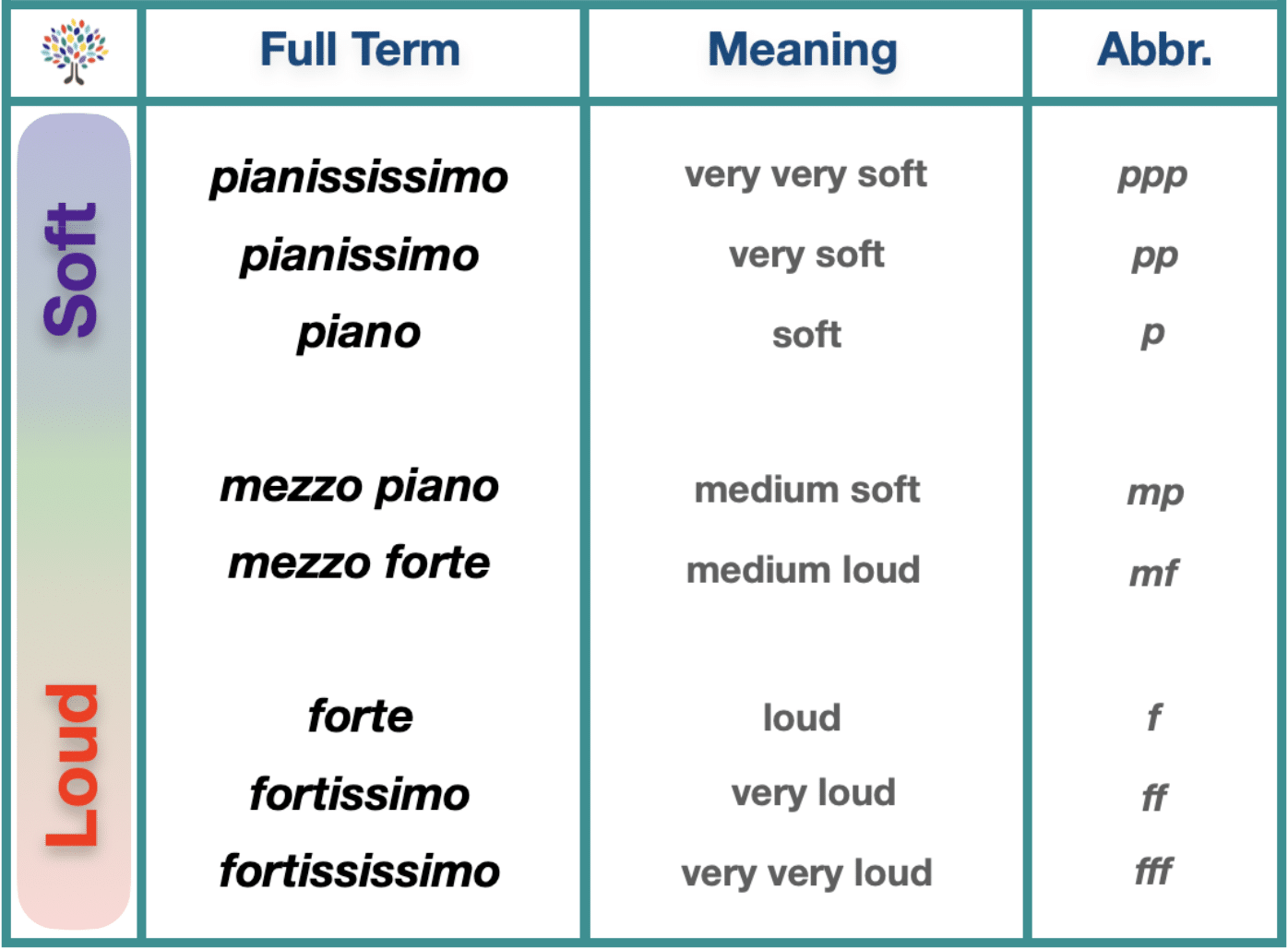
- Articulation 一 Describes the way notes are played or sung, such as smoothly connected (legato) or detached and separated (staccato). It contributes to the overall expressiveness and character of the music and can be indicated using various symbols and notation in sheet music.
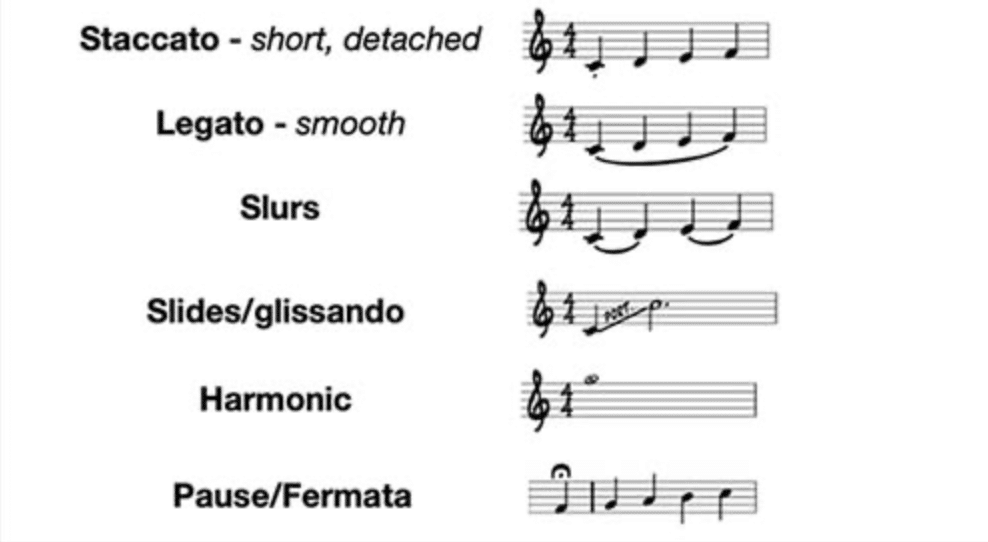
- Tone Color (Timbre) 一 The unique quality of sound produced by an instrument or voice that distinguishes it from others. It can be influenced by factors such as material, technique, and electronic processing, and adds richness and variety to a piece of music.
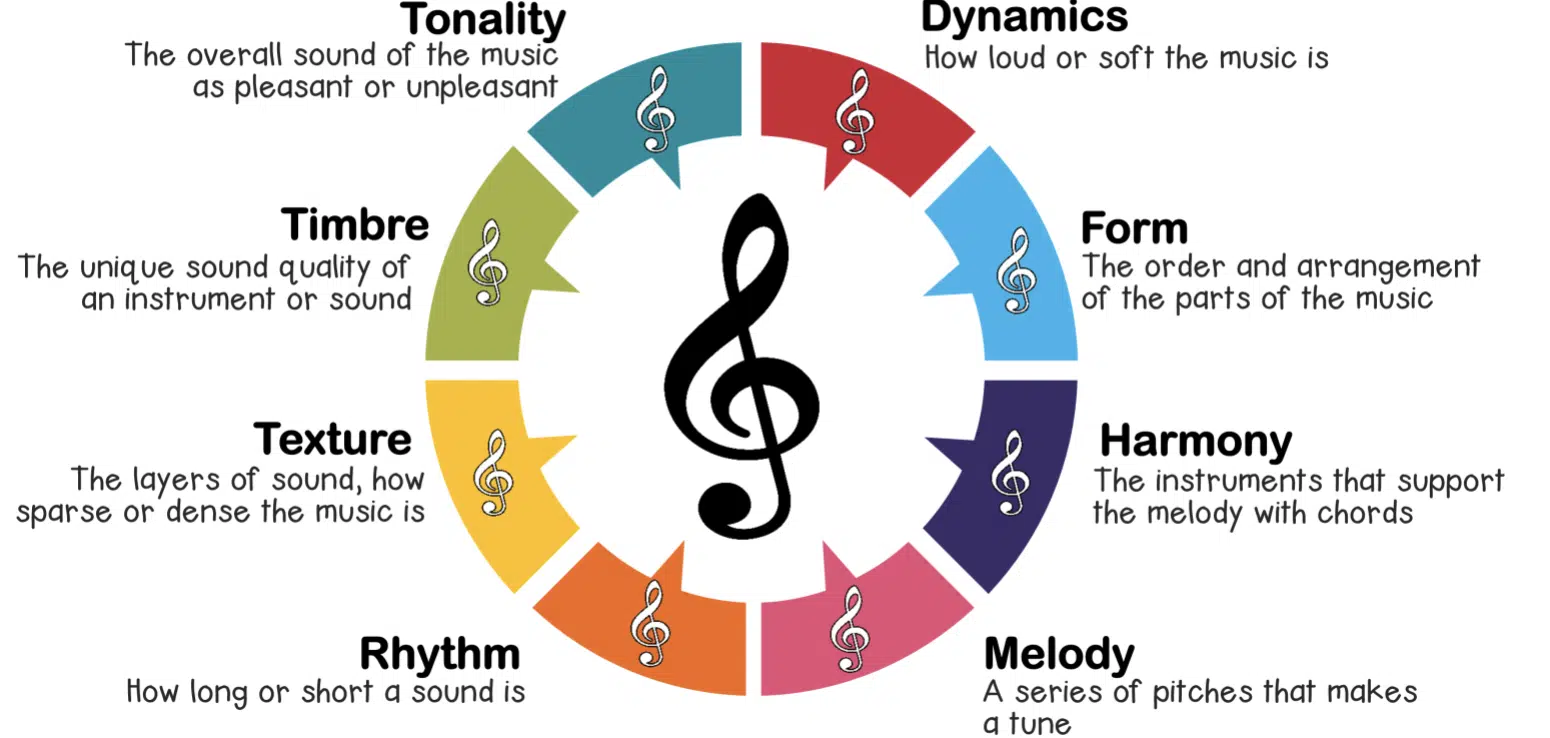
By carefully crafting these elements, you can create a rich and multifaceted sound that enhances the overall texture of your music.
Understanding Texture in Modern Digital Music Production
In the world of electronic and digital production, musical texture plays a vital role in shaping the overall sound and feel of a track.
You can use software tools and plugins to create unique textures that will set your music apart from the rest.
Some popular tools for creating innovative texture in music production include:
-
Granular Synthesis
A sound synthesis technique that breaks audio into small “grains” and reassembles them to create new sounds and textures.
It allows for precise manipulation and transformation of audio.
Primarily used to create unique, complex, and evolving soundscapes.
-
Wavetable Synthesis
A synthesis technique that uses digital waveforms as the basis for creating sounds.
Waveforms can be scanned, morphed, and manipulated in various ways.
WT Synthesis offers a wide range of timbral possibilities and allows for precise control over the sound.
-
Convolution Reverb
A digital signal processing technique that simulates the acoustic characteristics of real spaces by using impulse responses.
It can be used to place sounds in realistic or surreal environments and contributes to the overall musical texture and depth of a mix.
-
Spectral Synthesis
Uses the frequency spectrum of a sound as the basis for creating a new texture in music and allows for the manipulation of individual frequency bands.
-
Physical Modeling Synthesis
Simulates the physical properties of instruments to create realistic and expressive sounds.
It employs mathematical algorithms to model the behavior of materials, resonators, and other physical elements.
Make sure to experiment with these techniques in order to morph sounds in new and intriguing ways, as they describe texture in its greatest forms.
Examples of innovative texture in music can be found in the works of artists like Aphex Twin, Boards of Canada, and Flume.
These artists have pushed the boundaries of texture in electronic music, creating innovative and immersive soundscapes that redefine the genre.
Take Flume for example, he blends organic and synthetic sounds which creates rich and immersive soundscapes using only a few instruments.
Texture In Music: Final Thoughts
The power of texture in music cannot be overstated. By understanding and mastering texture in music, you can create tracks that are captivating, engaging, and truly unique.
Experiment with various textures, layer them in creative ways and use modern digital music production tools to push the boundaries of what’s possible.
Most importantly, never stop exploring and experimenting with musical textures – your audience will thank you for it.
Remember, texture in music has many layers, so much so that it could get a little confusing or overwhelming at times.
Luckily, inside the FREE Unison Omnisphere Essentials pack, you can find perfectly crafted, professionally executed presets that you can use to create masterpieces.
For example, you can pick any preset included in the pack, and you’ll hear something so entracing and captivating that you won’t be able to stop listening.
In other words, the texture is already so pristine and profound that you can guarantee an epic reaction from anyone who hears it.
One word of advise, keep your eyes on the envelopes.
Until next time…






